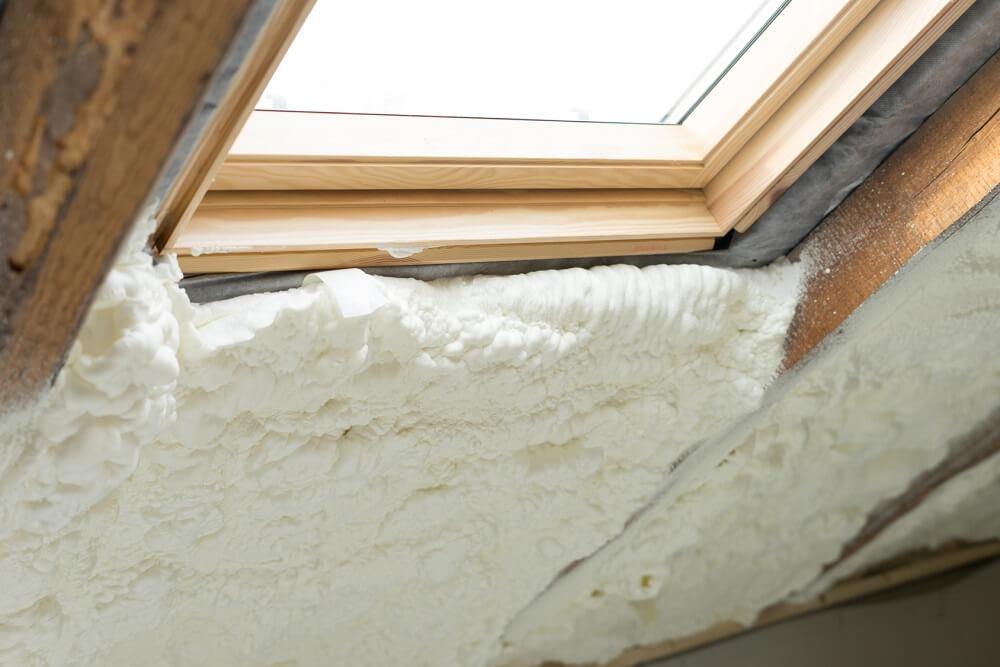How to seal a roof window?
Types of seals for roof windows
There are several types of seals for windows on the market. Some of them are dedicated to wooden windows, others to PVC windows. Polyurethane gaskets are very flexible and easy to apply. Most often they are in the form of self-adhesive. Their advantages include resistance to low temperatures and damage. They work best for very small leaks.
High-performance Keylite glazing unit means greater energy savingsIn turn, silicone seals are resistant to temperatures in the range of -40 +100°C. They have strong adhesive properties. They are used both to seal wooden and plastic windows. Thanks to their flexibility, they are well suited for sealing old windows (both from the inside and from the outside). Their biggest disadvantage is the lack of stretching resistance.
PVC-based gaskets compete with silicone gaskets in price, and they are usually used for glazing gaskets. They are not very flexible, they shrink under the influence of low temperatures and, additionally, they are characterized by a short service life. PVC gaskets are therefore only used for internal sealing.
Recently, EPDM gaskets have been introduced to the market. Their advantage is high flexibility, ease of assembly and durability. They are flexible at temperatures between -50 and +1200C. EPDM material is resistant to long-term exposure to moisture and ultraviolet rays. An important feature of these seals is the additional air chamber. EPDM gaskets remove leaks in plastic and wooden windows very well.

Replacing window seals is usually simple. It is enough to remove the sash, remove the old gasket, cut the new one to the size of the window, and then install it in place of the old one. After making sure that the gasket fits properly, you can install the window sash.
Sealing flanges
The thermal bridges mentioned at the beginning are leveled with special flanges. Usually, manufacturers sell them separately, including a vapor-permeable flashing in the set, which connects the window with the roof foil, and the thermal insulation material protects against moisture; thermal insulation material for insulating the assembly hole and a vapor barrier, installed from the inside of the room as a barrier for warm and humid air.
Check the offer of sealing flashingsWhen choosing a flashing in terms of the size of the window and the angle of the roof inclination, we can choose between a low profile, a high profile, a flat profile, a scale profile and a standing seam sheet. Keylite went a step further by offering ready-made windows with an integrated flashing.
Installation of the Keylite PTRF sealing flashingThermal insulation of Keylite windows
Futuretherm™ technology is in practice a unique expanding flashing from Keylite that insulates the window frame in the roof opening to prevent heat loss, as well as protects against water condensation. The collar prevents water vapor condensation, eliminating thermal bridges. Installation of this solution is extremely simple. It is enough to tear off the protective tape and let the expanding thermal insulation collar completely fill all the gaps between the window frame and the roof.
Futuretherm™ technology - prevents heat loss, additionally protects against water condensationAn important advantage of this solution - apart from low cost and easy installation - is that there is no need to adjust the flashing to the window - it is already integrated with it. Keylite Futuretherm™ roof windows also feature a number of other innovative solutions. An example would be Flick Fit™ angles. They greatly facilitate the installation of the window on two levels, depending on the type of covering.
source and photos: KEYLITE RW POLSKA








